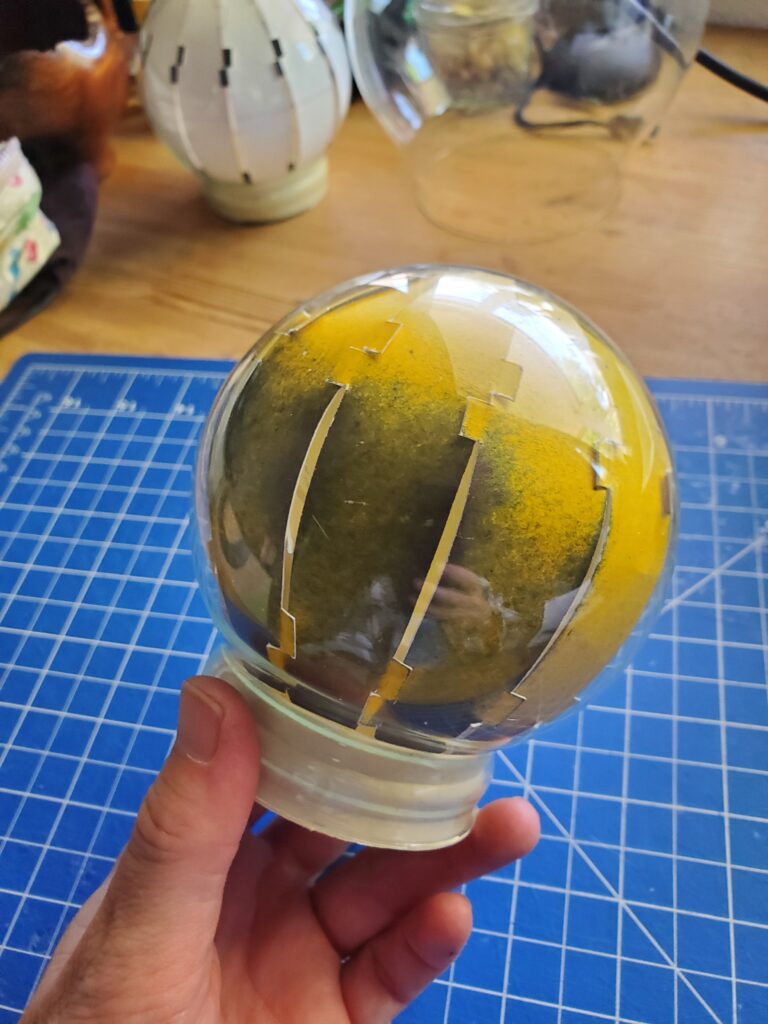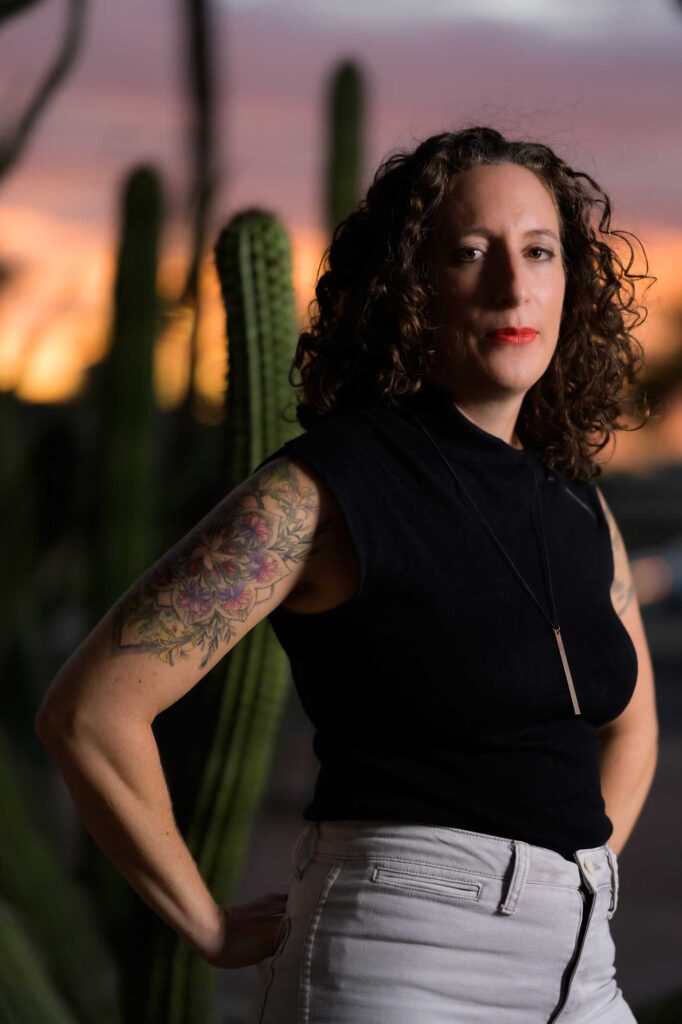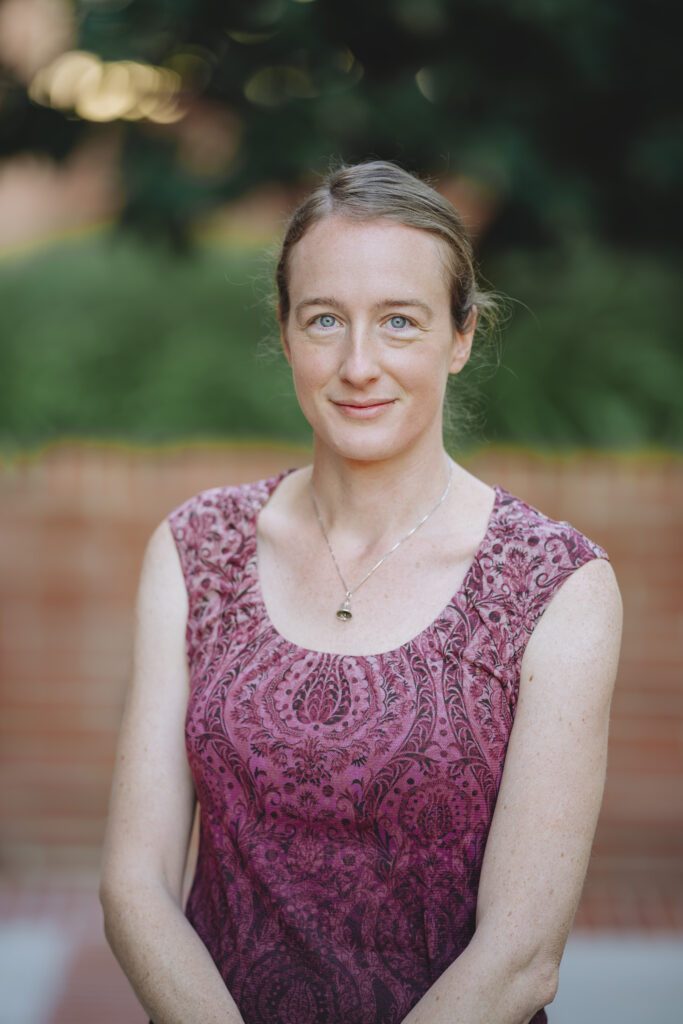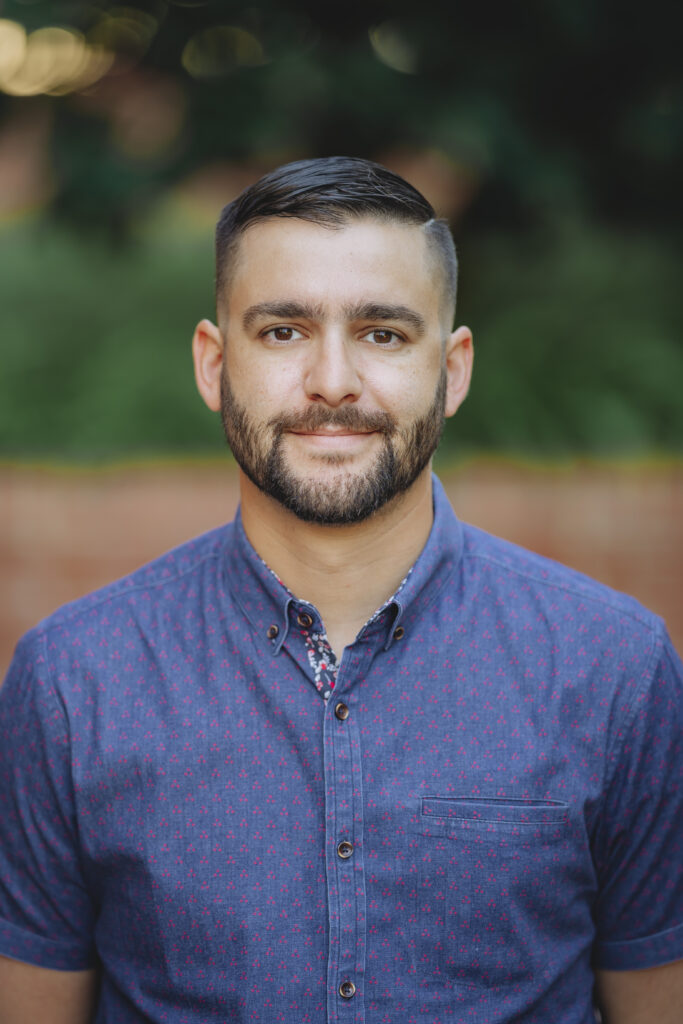
Use Cases
by Jen Urso, Evan Darzi
and Christina Forbes
Description
Use Cases is the visual evidence of the interaction between the artist and a marijuana user talking about their habits and reasons behind using as well as their perception of impairment. The artist sat down with six people each for about an hour to ask them questions while they breathed and talked into a glass globe lined with water-sensitive paper. The glass globes on display contain the paper they breathed and talked onto, faced outward in the glass globes they held. Each globe contains their half of the conversation.
About the Process
by Jen Urso
Initially, Christina and I chose each other because we seemed to have the same conversational approach and could appreciate the process each of us went through for our work. She was able to talk about the complex science they were working on in plain language, making something complex more simple for me to understand.
Christina was piqued by my intention to bring visibility to the invisible. As a chemist, she relies on poking and prodding at molecules through indirect measurements to prove what she knows. With a peak on a graph or a reading on an instrument, she builds a molecular landscape in her mind. A chemist can see the invisible through their work, but what they see isn’t always visible to a non-scientist.
Electratect is developing a marijuana breathalyzer test, similar to those used for alcohol. Society does not yet have a chemical test to distinguish if a person used cannabis several hours ago or several weeks ago. Unlike blood or urine tests, THC is only detectable in breath within the first 3-4 hours of use, which aligns with when the user is likely to be impaired. ElectraTect aims to detect traces of THC in a person’s breath that can be seen only after they recently used marijuana. Their device detects invisible chemicals to help determine if an individual has recently used marijuana or not, enabling safer and more responsible usage of legalized cannabis.
After meeting several times to understand the marijuana breathalyzer development process, the questions I kept coming back to is WHY so many people use marijuana, WHAT their habits surrounding it were and HOW they managed the stigma or potential consequences of use. I wondered, is detecting impairment from marijuana as straight-forward as what we determine with alcohol use?
As I watched the process of how they prepare the material that would pick up the breath, I thought about how there is so much more going into it than just the breath. What’s the story behind why people use and how marijuana use has become so universal with its legalization? We can’t know these things by detecting THC in our breath. So, the detection of the breath is also an indicator of a person’s habits, needs, stresses and intentions.
Christina dove into experimenting with different papers, fabrics, inks and methods to visualize moisture in breath. It seemed to parallel the same process they were going through in the lab. She researched materials that could react with water, temperature, oxygen, and other ways that we could capture and visualize breath. She took meticulous notes, which looked eerily similar to how I make notes as I’m experimenting with materials and processes. Her work helped to launch me into a good direction as I talked and sang onto numerous pieces of paper, finally landing on the Spot-On paper that I ended up using.
Having the interviewees breath into a glass globe made sense as it would best condense and capture their breath. After some failed attempts, I was able to find some good patterns for creating a paper sphere that fit perfectly into the globe. I was excited to see how each interview came out differently on paper, allowing our conversation to be shared but private and anonymous. They could feel free to answer my questions openly, allowing their responses to be something they could process internally.
Talking and working together, we realized that Electratect’s process of developing the breathalyzer was similar to my process of making artwork. We both began to see that creating something new in art, in science, or in engineering all requires a similar mind-set. These areas all require experimentation and play, tinkering and observing how different techniques are affected by the medium and the material of interest. We experiment and aren’t afraid to fail–knowing that we’ll need to be open to new possible materials or methods.
Meet the Team
Artist: Jen Urso

Jen Urso is a multidisciplinary artist creating works that utilize public interventions, performance, drawing, mapping and technology to honor a sensitive approach to our environment and community that respects the unseen and unspoken. Her work typically takes place in the public via occupation, immersion and discovery. She has exhibited and performed across the United States, Canada, Mexico and Brazil. Jen lives and works in Phoenix, AZ.
Researcher: Christina Forbes

Dr. Christina Forbes is the Director of Research at ElectraTect, where she oversees the chemistry and engineering that supports the development of a marijuana breathalyzer test. Her research experience comes from a diverse background in chemistry, from synthesizing molecules, to studying biochemical structures, to designing electrocatalysts inspired from Nature. She also has a passion for science outreach with the general public, and loves to connect chemistry phenomena to the world that we see.
Researcher: Evan Darzi

Dr. Evan Darzi (U of Oregon, PhD 2016) is the CEO of Phoenix-based ElectraTect. Darzi performed a NIH funded postdoctoral fellowship at UCLA from 2017-2020. Working in collaboration with Dr. Garg at UCLA, Dr. Darzi co-authored four publications and was named an inventor on one patent and one provisional patent application. He received the prestigious UCLA Chemistry & Biochemistry Postdoctoral Research Award in 2019.
Closer Look:
Medium: breath, water-sensitive paper, glass, silica gel, rubber, list of questions
Specifications:
Each piece is each 4”x 4”x 4”
Cost of Piece: $500 each
